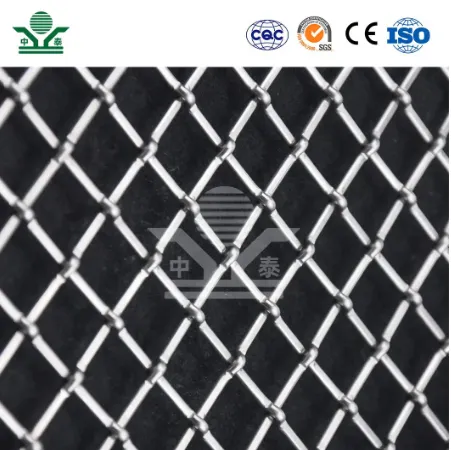Acoustic Noise Barriers A Solution for Urban Sound Pollution
In our modern urban landscapes, the hustle and bustle of city life often bring with them the unpleasant side effect of noise pollution. One effective mitigation strategy that has gained popularity in recent years is the installation of acoustic noise barriers. These structures serve as a crucial intervention to reduce sound transmission from high-traffic areas, such as highways, railways, and industrial zones, to adjacent residential neighborhoods and sensitive environments.
Acoustic noise barriers are designed with specific materials and structural features that absorb, deflect, or reflect sound waves. Common materials used in their construction include concrete, brick, wood, and specialized acoustic panels. The effectiveness of a noise barrier is primarily determined by its height, density, and surface area. Taller barriers are generally more effective because they can block more sound waves, while solid, dense materials help in reducing sound transmission significantly.
The concept of noise barriers is not new. Since the mid-20th century, urban planners and engineers have recognized the need for solutions to combat the increasing levels of noise pollution resulting from rapid urbanization. Initial designs aimed at aesthetics and structural safety have evolved into sophisticated systems that prioritize acoustic performance. Advanced engineering techniques and innovative materials have led to the creation of barriers that not only serve their primary purpose of noise reduction but also enhance the visual appeal of urban areas and provide additional benefits, such as environmental protection and wildlife preservation.
acoustic noise barriers

The benefits of acoustic noise barriers extend beyond mere sound reduction
. Studies have shown that reducing noise levels can have significant positive impacts on public health, including lower stress levels, improved sleep quality, and enhanced overall well-being. Furthermore, less noise can lead to increased property values in nearby residential areas, making it a win-win situation for urban developers, local governments, and residents.Moreover, many contemporary noise barriers are designed with sustainability in mind. Eco-friendly materials are increasingly being utilized, and some designs incorporate green technologies, such as living walls with plants that help absorb sound. These green barriers not only mitigate noise but also contribute to improving air quality and providing habitats for urban wildlife.
Despite their benefits, the implementation of acoustic noise barriers should be approached with careful consideration and planning. Community engagement is essential to ensure that the barriers align with the needs and preferences of local residents. Additionally, regular maintenance and evaluations are necessary to ensure their continued effectiveness and to address any potential environmental impacts associated with their construction and upkeep.
In conclusion, acoustic noise barriers represent an essential component of modern urban planning aimed at addressing the pervasive issue of noise pollution. By effectively reducing sound levels, these barriers enhance the quality of life for residents while contributing to the sustainable development of cities. As urban areas continue to grow, the importance of innovative noise reduction strategies like acoustic barriers will likely become even more pronounced, making our cities quieter and more livable for future generations.
-
Why Galvanized Trench Cover Steel Grating Resists Corrosion
NewsJul.10,2025
-
The Versatility and Strength of Stainless Expanded Metal Mesh
NewsJul.10,2025
-
Load Calculations in Steel Grating Platforms
NewsJul.10,2025
-
Keeping Pets and Kids Safe with Chicken Wire Deck Railing
NewsJul.10,2025
-
Hole Diameter and Pitch for Round Perforated Metal Sheets
NewsJul.10,2025
-
Aluminium Diamond Mesh in Modern Architecture
NewsJul.10,2025
Subscribe now!
Stay up to date with the latest on Fry Steeland industry news.

